Secrets of Cannabis Sativa
min. reading
Commonly, when people hear the word “hemp” they think of one type of it – cannabis. And still not many people know that there are more varieties of hemp, including the one that is the focus of this article, the seed variety. Seed hemp has been cultivated in Poland for years. In the days of our grandmothers and grandfathers, hemp growing behind a field was not unusual. It was only in the 1960s that seed hemp ceased to be so popular, only to reappear “on the tongues” since 2014, thanks to EU subsidies for hemp crops. Today, it’s a plant that shows great potential, thanks to the properties of seed hemp, how it’s used and the myriad of products that can be made from it. From dietary supplements and food, to materials and ropes, to eco-friendly plastic and highly durable hemp concrete!
Table of Contents
What is Cannabis Sativa?
Since not all hemp is one and the same plant, what is Cannabis Sativa? Seed hemp, or actually fiber hemp, is a variety of cannabis that has a low THC, or tetrahydrocannabinol content, which does not exceed 0.2% (according to the law in Poland) [1]. Thus, it contains a lot of the cannabinoid CBD, or cannabidoiol – one of the most popular hemp phytonutrients, on the basis of which various types of products, such as supplements or cosmetics, can be legally used in Poland (as long as the concentration of THC does not exceed permissible standards!). It is an annual plant, which means that it will not grow longer – once it reaches maturity and produces flowers, if no harvest is made, it will die and wither.
As many as 13 varieties of fiber hemp are registered with the Central Plant Variety Testing Center [2]! These are varieties that have been adapted to Polish climatic conditions and cope well with our weather, and their harvest can be easily adapted to the needs determined by the geographical location of Poland.
Hemp (fiber) plants are tall, not too dense bushes, their leaves are long and slender and their flowers are oblong and not too clumped. Hemp fields can be found in virtually every part of Poland! Especially in northern Poland, which is considered the cleaner part of our country (especially around Mazury and Podlasie). This is because hemp has the property that, like a sponge, it absorbs from the ground everything that is in the soil. Including heavy metals, various types of pesticide or herbicide contamination.
Difference between seed hemp and cannabis
There are several basic differences between cannabis and seed (fiber) hemp. What are these differences?
- Legality – cannabis cannot be possessed or cultivated in Poland. Seed hemp, on the other hand, can! The only option for legal possession of cannabis in Poland is a prescription for medical marijuana. However, still this variety of cannabis cannot be sown and cultivated without legal consequences specified in Polish legislation.
- THC content – cannabis has much more tetrahydrocannabinol, which is responsible for the psychoactive effect. Hence the popularity of marijuana for recreational purposes. You won’t find as much THC in the seeded variety, which means it doesn’t have psychotropic properties.
- CBD content – there is definitely more cannabidiol in seeded hemp, thanks to which it owes its popularity. Such amounts are not found in cannabis.
- Appearance! This one is best shown in the infographic below. It clearly shows the differences in the appearance of the leaves, stem and the entire bush, as well as the hemp flowers.
Properties of seed hemp
On the Internet, the properties of hemp seed are widely described. First and foremost, they are presented as a plant worthy of interest in terms of nutritional value, but also how they can help. Hemp oil has numerous proven properties [3] :
- contains phytonutrients and diversifies our diet with them,
- contains unsaturated omega 3, 6 and 9 fatty acids,
- so it helps regulate blood cholesterol levels [4],
- and triglyceride levels,
- and also supports our natural immunity,
- takes care of our skin from the inside and out.
Of course, these are the properties of hemp oil pressed from hemp seeds, cold-pressed. But what about the other components from the plant – cannabinoids, among others? Research is still underway on the properties of cannabinoids and the results are very promising, but not yet fully confirmed. Properties of seed hemp, including CBD, that are being studied include the effect of CBD on diseases such as Alzheimer’s or various cancers, epilepsy or inflammatory and rheumatic diseases.
Hemp seed in medicine
Hemp is used in medicine! One of the hemp-based drugs is Sativex, made by the British company GW Pharmaceuticals. It is used in patients with multiple sclerosis to relieve spasticity and neuropathic pain. It comes in the form of an aerosol, which is applied to the oral membrane.
In Poland, you can also use medical marijuana since November 2017. With a prescription from a pharmacy, you can purchase dried cannabis, which is then best vaporized in a device suitable for this – a vaporizer. For what conditions can you get such a prescription? For neurological conditions such as Alzheimer’s or epilepsy, digestive diseases such as Crohn’s or irritable bowel or chronic pancreatitis, rheumatic, mental, skin diseases. It is also used in oncological diseases, to relieve side effects of treatment or cancer pain.
Hemp seed in industry
Hemp can be used to make a veritable plethora of products that are useful in everyday use. What can be made from Cannabis Sativa? We have already written about this more than once, but we will cite some of the most interesting solutions:
- eco-friendly plastic,
- hemp ropes,
- hemp fiber,
- hempcrete, or hemp concrete,
- fuel,
- hemp canvas,
- medicines,
- supplements,
- food,
- cosmetics.
These are just some of the most popular products made from hemp. Hemp, in addition to being used to clear farmland, produces oxygen so its cultivation is comparable to planting forests. Industrial hemp is also used to produce animal feed. This is one of those plants that, with the right amount of work and use, is capable of changing the world for the better in terms of health, ecology and industry.


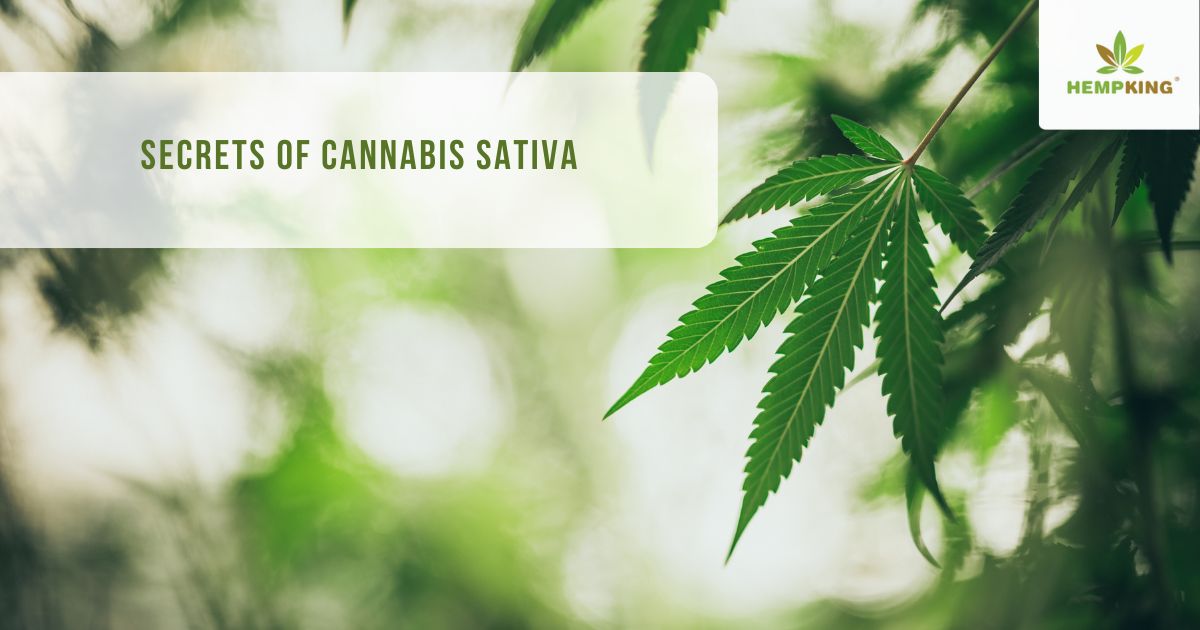

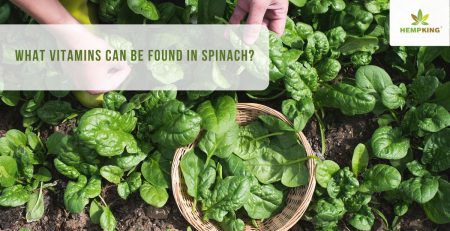
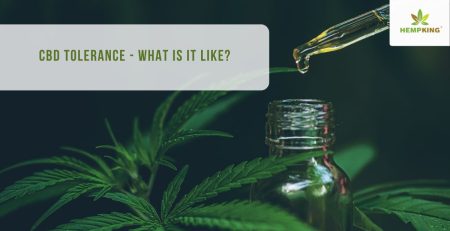
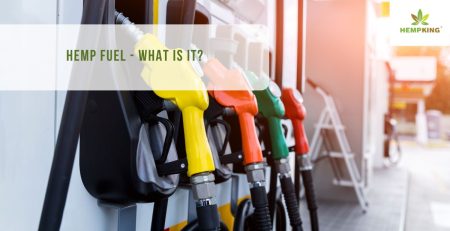
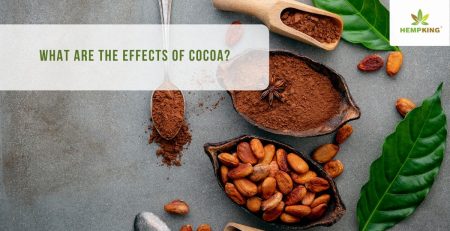

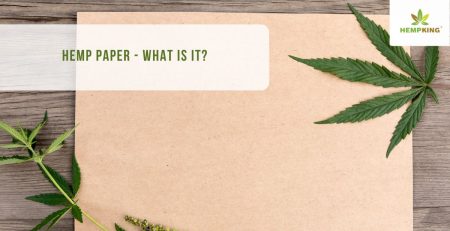

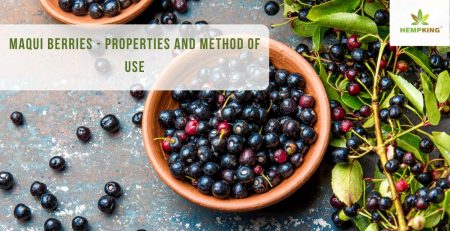



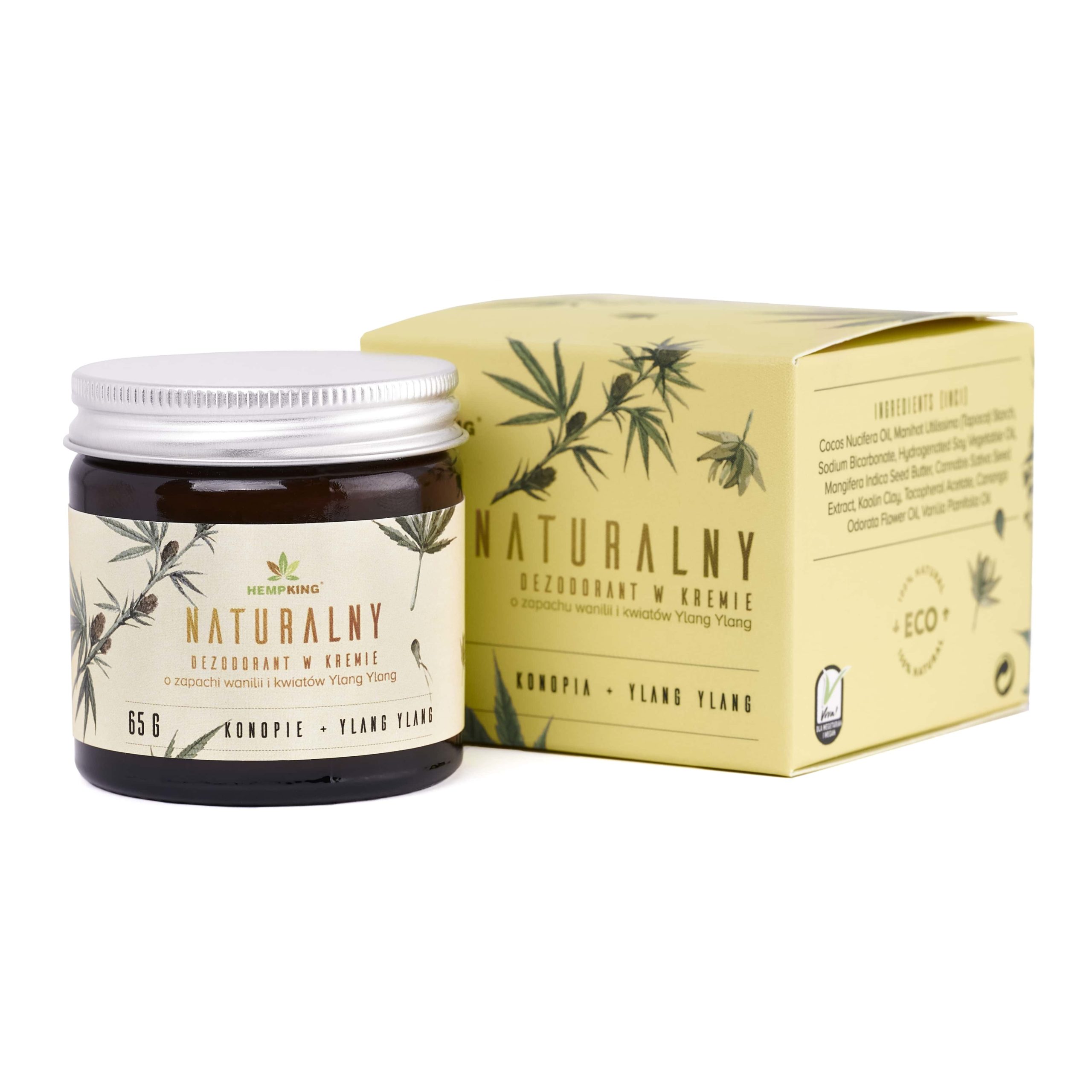
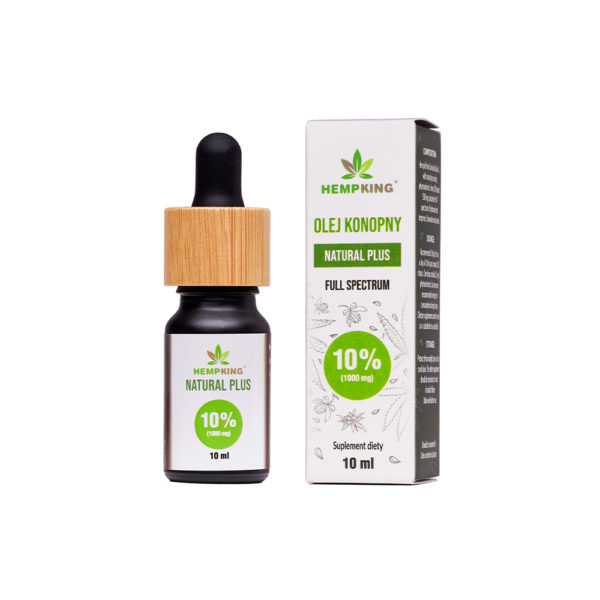
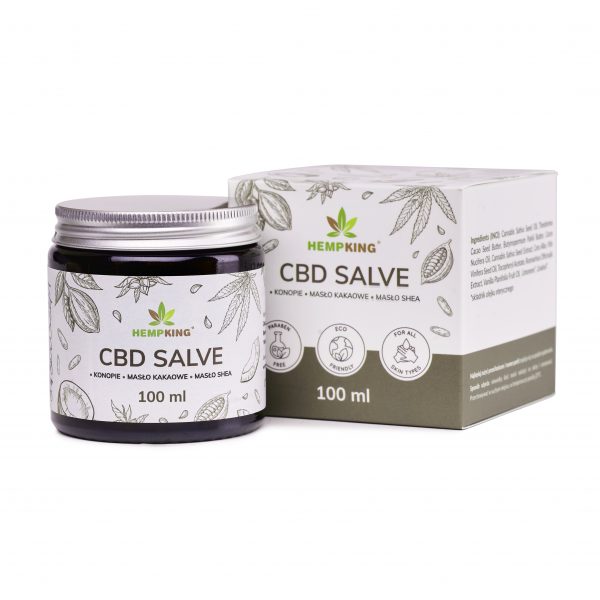
 Facebook
Facebook Instagram
Instagram

Leave a Reply